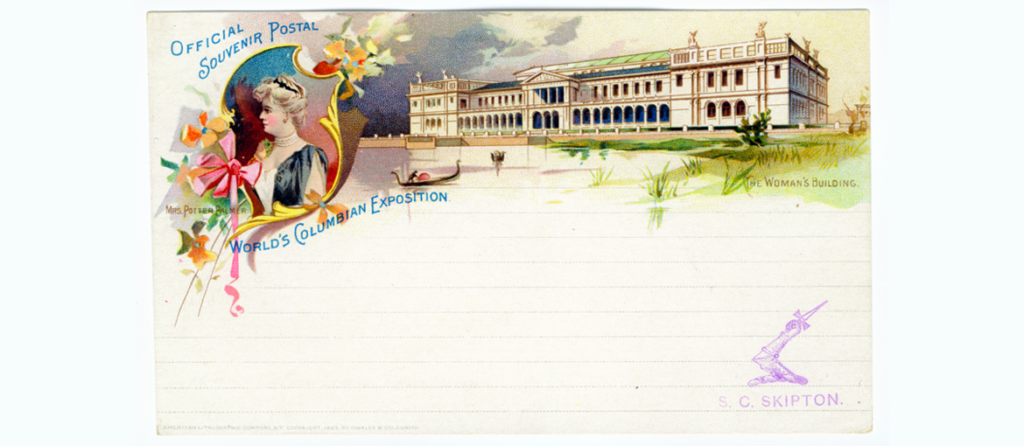As with many significant inventions, the introduction of the picture postcard quietly revolutionized our customs. It liberatingly eliminated the need for letter writing. Yet, there remain individuals who recall a time when composing letters to friends was not only deemed necessary but also enjoyable. These were considered moments of relaxation. Thankfully, the advent of the picture postcard has relieved contemporary writers of this obligation. In the past, individuals traveling abroad were compelled to devote considerable time to pen detailed accounts of their journeys for friends at home. Nowadays, simply purchasing a postcard at each stop, jotting down a brief message, and mailing it adds to the joy of travel.
London journalist James Douglas articulated the significance of postcards as a communication medium in 1893, a mere two decades after their inception. On October 1, 1869, the inaugural “korrespondenz-karte,” or correspondence card, was dispatched from the Austrian town of Perg and reached Kirchdorf the following day. The communication was succinct and personal: the sender requested a visit from the recipient.

The primary objective behind the creation of early postcards was essentially to reduce costs. Earlier that same year, Austrian economist Emanuel Herrmann proposed this new correspondence method to the Minister of Trade, a proposal that was also featured in the “Neue Freie Presse” newspaper. The concept involved sending brief messages on small cards, such as announcements or greetings, at a low cost. These cards would be sent without envelopes, featuring pre-printed stamps, with the address on one side and the message on the other, thereby accessible even to those with minimal literacy. Adolf Maly, the Director of the Vienna Post and Telegraphs, quickly endorsed the distribution of postcards through the mail.
Postcards crossing international boundaries
It is now commonly accepted that Herrmann shares the creation credit with Heinrich von Stephan, the German Empire’s postmaster. At an international postal conference in 1865, Stephan proposed the “postblatt,” akin to an “open mail sheet” in checkbook form, as a cheaper and more practical alternative to what he viewed as outdated letters. However, this idea did not advance. Similarly, the private postcard by the North American company H.L. Lipman, which held the patent since 1861, ceased production with the onset of the Civil War.

The immediate popularity of this medium saw a swift increase in postcard manufacturers worldwide, from Chile to Japan. Additionally, the first congress of the General Postal Union, the predecessor to the Universal Postal Union—a UN agency tasked with fostering global postal cooperation—was convened in Bern in 1874. Consequently, letters and postcards began to traverse borders without needing to conform to the specific laws and tariffs of each country.
The emergence of illustrated postcards
Though the initial postcards lacked illustrations or photographs, their potential quickly became evident. While hard to pinpoint precisely, 1893 is frequently cited as the year when picture postcards were first sold to the public at the Chicago World’s Fair.

The surge in postcard popularity directly correlated with the onset of mass tourism. Travelers sought to share visuals of their destinations and landmarks. An early instance includes Prince Edward of York’s parents sending him a keepsake of the Eiffel Tower in Paris in 1896.

Photography’s entry into the postcard realm, which reached its height when the British Post Office in 1902 permitted messages on the side usually reserved for addresses, allowed for the introduction of images on the unused backside.

The pastime of postcard collection
Referred to as “postcard madness” by the media back then, it spurred the depiction of varied scenes ranging from landscapes to current events and even ignited the hobby of collecting these cardboard pieces. In 1897, the World Association Kosmopolit was established in Nuremberg, amassing over 15,000 members in Germany alone by its peak, catering to postcard collectors until the onset of World War I.
Presently, the original essence of this communication method is being revived globally through “postcrossing,” or the exchange of postcards. This modern iteration mirrors the traditional practice, with the internet now connecting enthusiasts of this age-old hobby.

